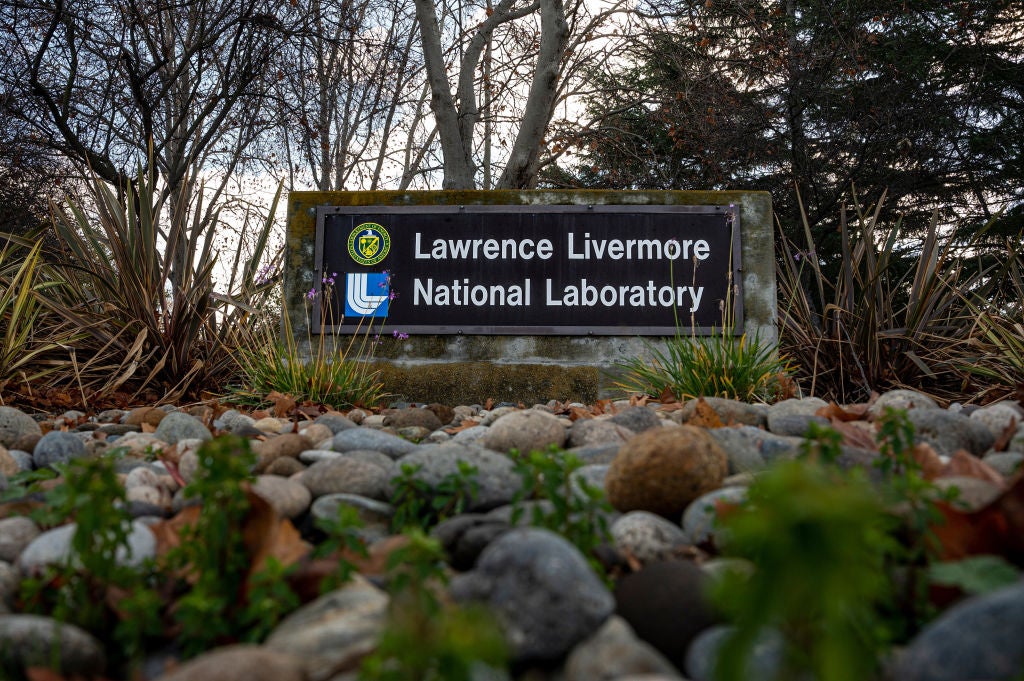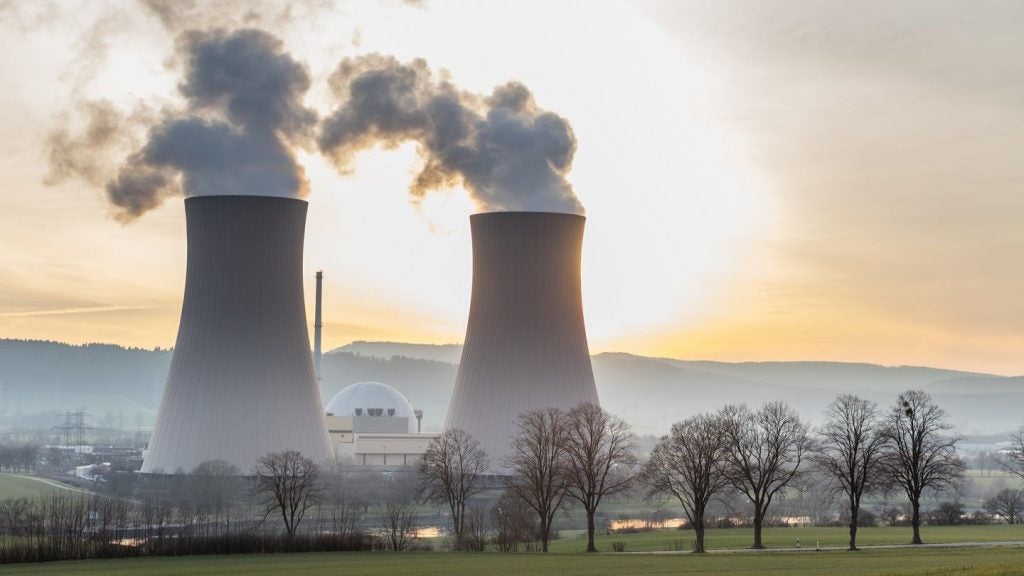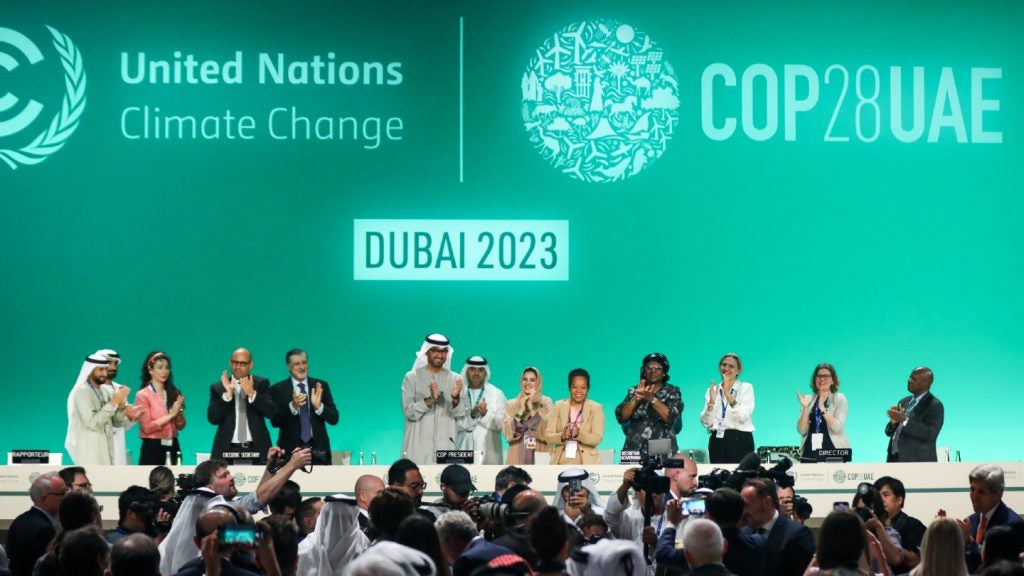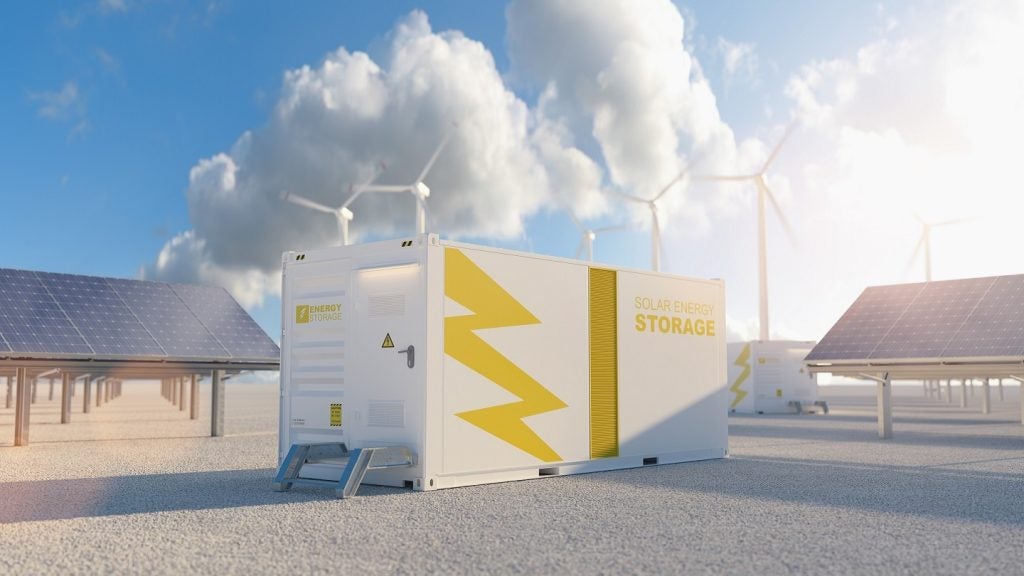Scientists at the US National Ignition Facility (NIF) have produced fusion reactions that released more energy than they consumed, a process known as ignition, multiple times after the reaction was first achieved in December 2022. The ability to execute the process repeatedly marks a huge step towards producing near-unlimited quantities of the energy.
The NIF, based in the Lawrence Livermore National Laboratory in California, has achieved ignition in four of its last six attempts, creating a reaction that generates pressures and temperatures greater than those that occur inside the sun.
The process involves firing 192 laser beams at a frozen pellet of hydrogen isotopes that sits in a diamond capsule suspended inside a gold cylinder. In the recent experiments, the implosion caused by the laser beam generated 3.88 megajoules of fusion energy, an 89% increase over the input energy.
The scientists will now work to improve the process to a point where it provides enough fusion energy to power the grid. Currently, the facility’s laser system is enormously inefficient, losing more than 99% of the energy before it can reach the target on each ignition attempt.
Annie Kritcher, the NIF’s lead designer on this series of experiments, said: “Even when we have these issues, we can still get more than a megajoule of fusion energy, which is good.”
At the recent COP28 climate conference in Dubai, US Special Climate Envoy Jon Kerry launched an international engagement plan to advance nuclear fusion, saying “there is potential in fusion to revolutionise our world”. Governments agreed to accelerate efforts to develop the technology.
In April 2023, the US modified regulations so that fusion reactors are not governed by the same policy as fission reactors in an effort to attract investment. Fusion produces no long-lasting nuclear waste and does not require uranium to be fuelled. It does require hydrogen, which is comparatively abundant and can be extracted from seawater.















